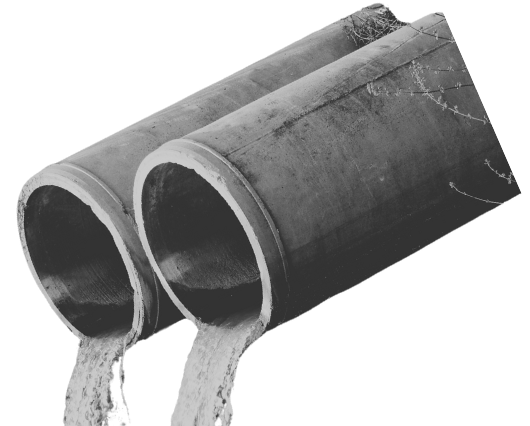No matter where we live, what we look like or who we vote for, we agree that water should belong to all of us and be run in our interests. Take Back Water is an alliance of activists who’ve come together to make this a reality.
Our objective is to win full democratic public ownership of water. We believe that financial disobedience is the tactic we need – the best lever we can use to force the government to act. And we know it’ll take all of us acting together to make it work.
Our plan is to build a powerful participatory movement. We believe in the ability of ordinary people to develop self-organised, mass social and political interventions – so our movement is open to anyone who wants to take back water.
Everything we do is done off our own backs. There are no paid staff, creative agencies or ‘experts’. We have no institutional funding and rely only on donations through our website and contributions from our own pocket. We use the skills we’ve learnt over the years and political insights we’ve gained from being involved in movements and learning from them.
How we’re structured
We’re building Take Back Water as a decentralised campaign with a small core team providing some supporting infrastructure for people to run their own actions against the water companies in their area.
The core team is an unincorporated association — this is the same legal structure used by small charities, clubs and trade union branches. It means we have a bank account and a constitution — an agreed set of rules about who is responsible for the money we hold and data like our email list.
That said, over time we want the importance of the core campaign to reduce compared to campaigns against individual water companies as they develop.
We’re still a very new organisation and lots of this will evolve as the campaign develops. We’ll publish how we’re spending any donations we receive and try to be as transparent as possible about the decisions we’re making.
